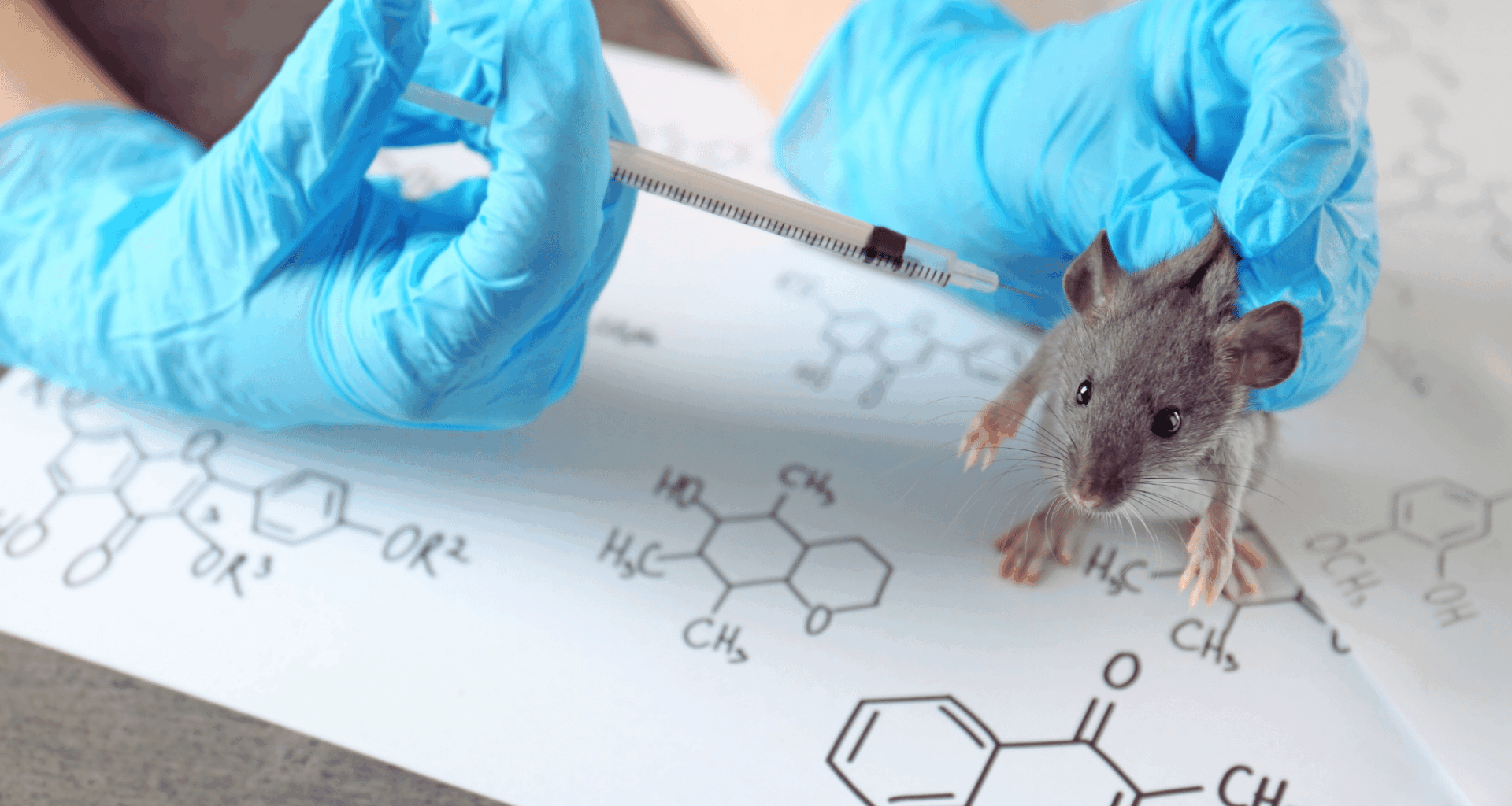The mysteries of our ancient ancestors—Neanderthals and Denisovans—have long fascinated scientists. Recent research has offered an unexpected peek into their genetics by introducing ancient genes into modern-day mice. Using cutting-edge CRISPR technology, researchers sought to uncover how genes from these extinct hominins shaped their physical features. The results were not only surprising but have the potential to deepen our understanding of human evolution.
Unlocking Ancient Genes: CRISPR Technology Takes Center Stage
The study, published in Frontiers in Cell and Developmental Biology, employed CRISPR gene editing to insert an ancient version of the GLI3 gene into mice. This gene, known for its role in embryonic development, is found in both Neanderthals and Denisovans. Though this genetic manipulation in mice is a far cry from the complexities of human evolution, it provides valuable insights into the developmental processes that led to the unique physical traits of these extinct hominins.
The GLI3 gene is responsible for guiding the development of the brain and skeleton. In its natural form, it plays a crucial role in ensuring healthy bone formation and brain structure. The version carried by Neanderthals and Denisovans is slightly altered compared to modern humans, leading scientists to believe it contributed to their distinct physical features. Researchers inserted this altered gene into the mice, aiming to recreate some of the ancient skeletal structures seen in fossilized Neanderthal and Denisovan remains.
The Surprising Results: Mice with Larger Heads and Twisted Ribs
What the scientists found was both fascinating and revealing. The altered GLI3 gene prompted the mice to develop larger craniums, a key feature that distinguished Neanderthals and Denisovans from modern humans. This enlarged head wasn’t just cosmetic—it also came with changes to the spine and rib cage. The mice exhibited twisted ribs and shortened spines, a condition thought to be linked to the broader rib cages and low, elongated skulls of Neanderthals.
Interestingly, these mice didn’t develop the life-threatening malformations associated with GLI3 mutations in modern humans, such as polydactyly (extra fingers or toes) or severe cranial defects. Instead, the altered gene seemed to cause the kinds of morphological changes seen in fossilized remains of these extinct species, suggesting that while the gene didn’t disrupt development, it certainly shaped the way their bodies grew.
Neanderthal and Denisovan Physiology: A Glimpse into Evolutionary Traits
The results from the study suggest that the GLI3 gene contributed to the unique physical traits of Neanderthals and Denisovans, including their distinct cranial and skeletal structures. The enlarged cranium, for example, could provide insights into why these ancient hominins had larger brains relative to their body sizes. It is possible that these features were adaptive traits linked to their lifestyle, as larger skulls might have housed more complex brains suited to their harsh environments.
Additionally, the altered vertebrae and rib malformations in the mice resembled characteristics seen in Neanderthal skeletons, such as scoliosis and macrocephaly (larger head size). These traits, although not universally present in Neanderthals, might have been linked to their physical endurance and survival strategies, allowing them to thrive in colder climates or more physically demanding environments. The study also suggested that these characteristics could have offered certain advantages, from thermoregulation to the physical prowess needed for hunting or surviving in challenging terrains.

The Role of GLI3: Evolution’s Blueprint for Physical Traits
The GLI3 gene plays a crucial role in regulating embryonic development in all mammals, including humans. Mutations or variations in this gene can lead to a range of physical malformations, but in the case of Neanderthals and Denisovans, the altered version of GLI3 might have been beneficial rather than harmful. As the researchers noted in their publication, the archaic GLI3 gene was responsible for the specific body traits that helped these early humans adapt to their environments.
By comparing the effects of this gene in modern mice and their ancient counterparts, the study sheds light on the ways in which genetic changes can affect an entire species. The ability to manipulate such genes using modern technology like CRISPR opens the door to further experiments that could one day help us understand the genetic basis of more human traits, both ancient and modern. As we look back to our ancestors, the study invites us to reconsider what genetic traits made them unique and how they might still influence us today.

